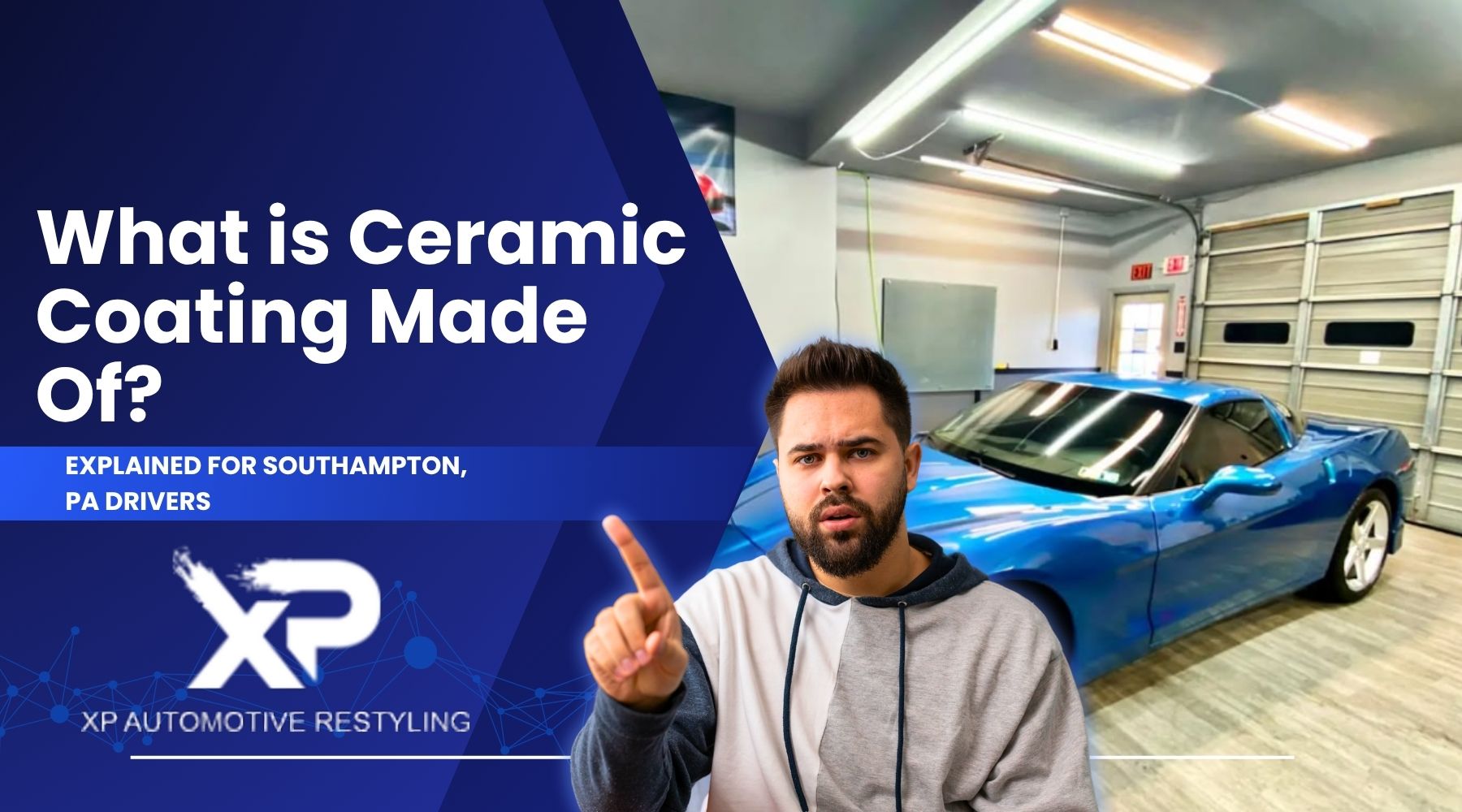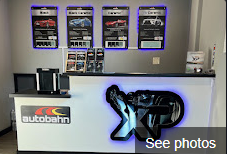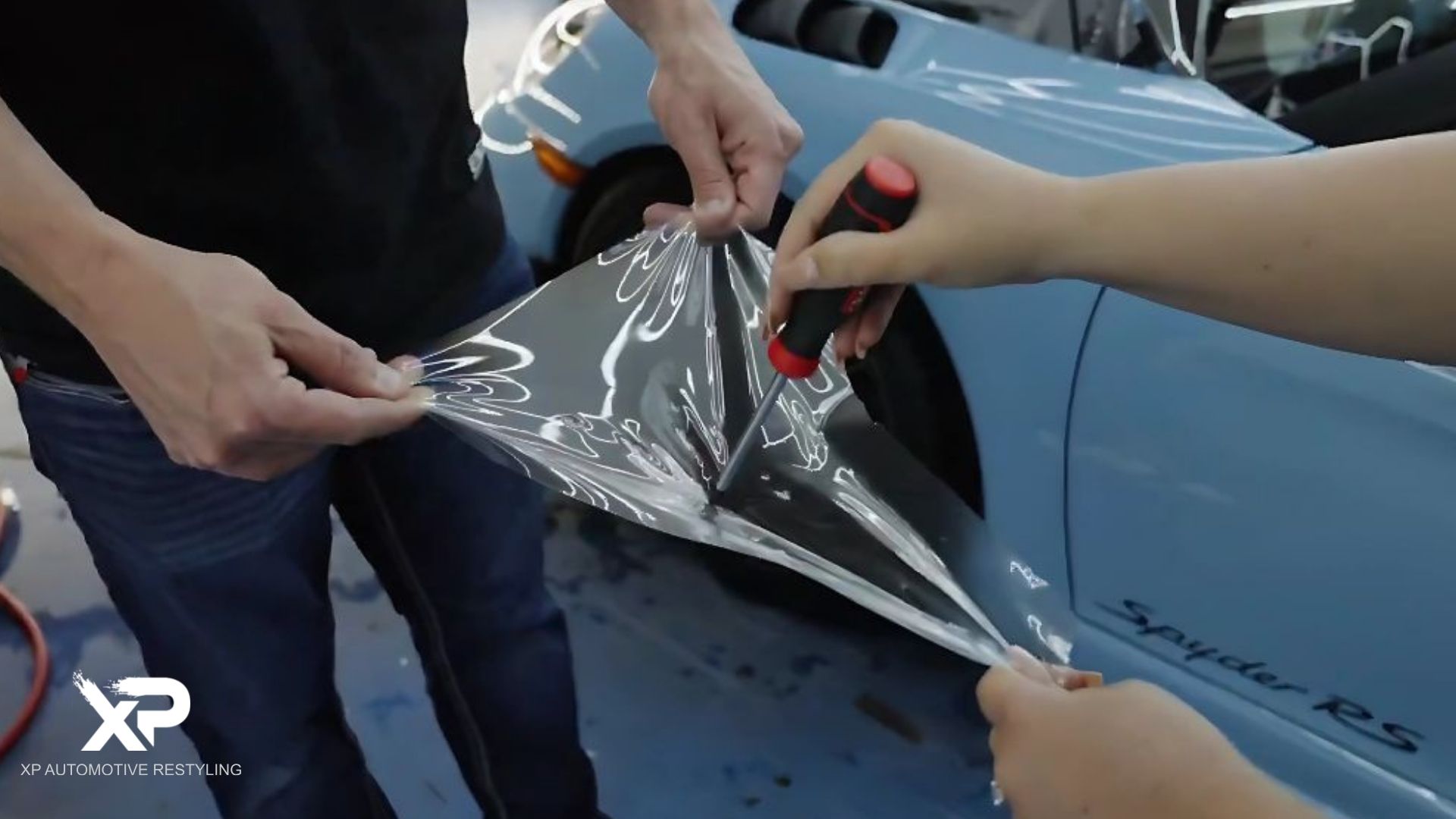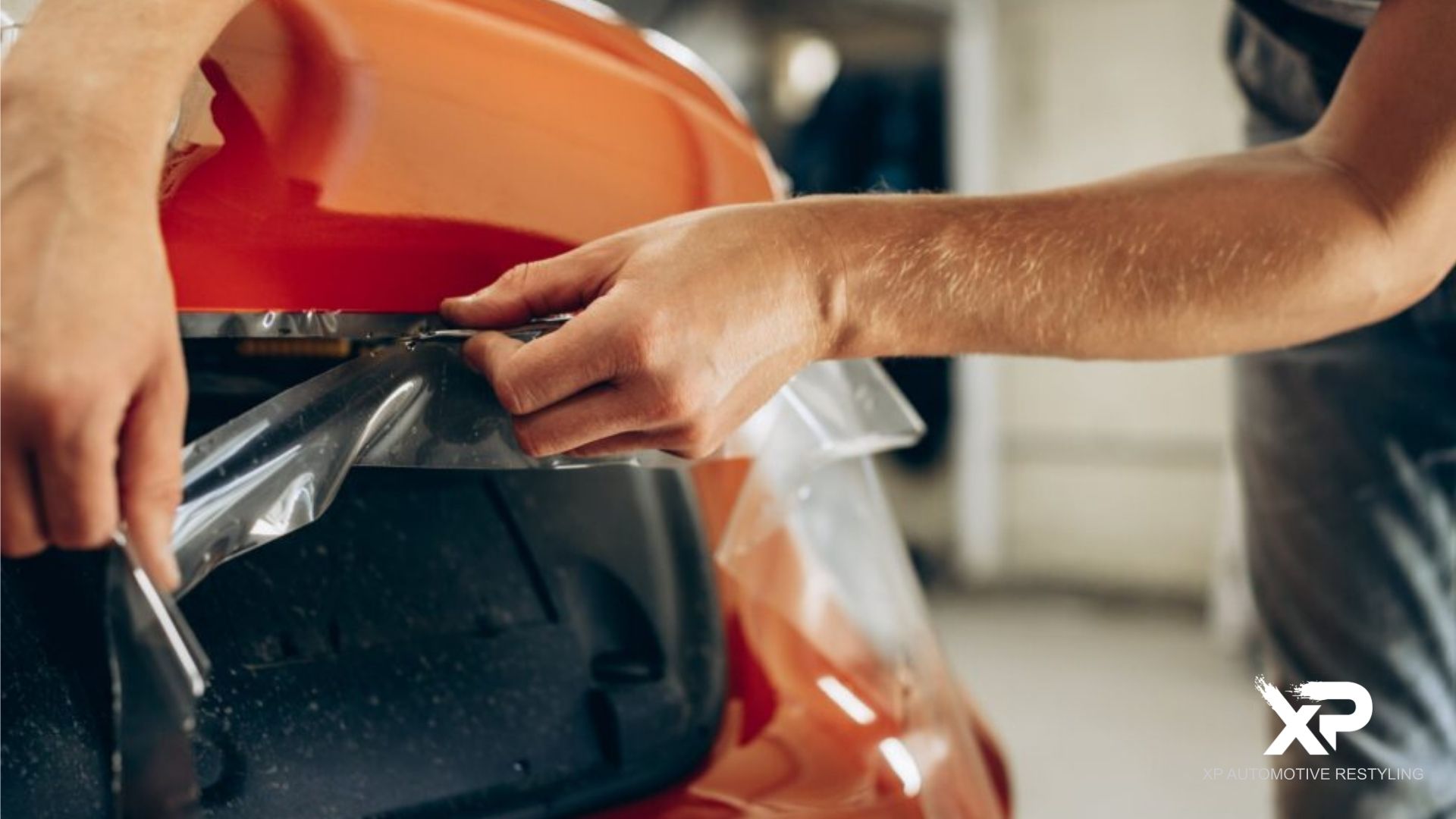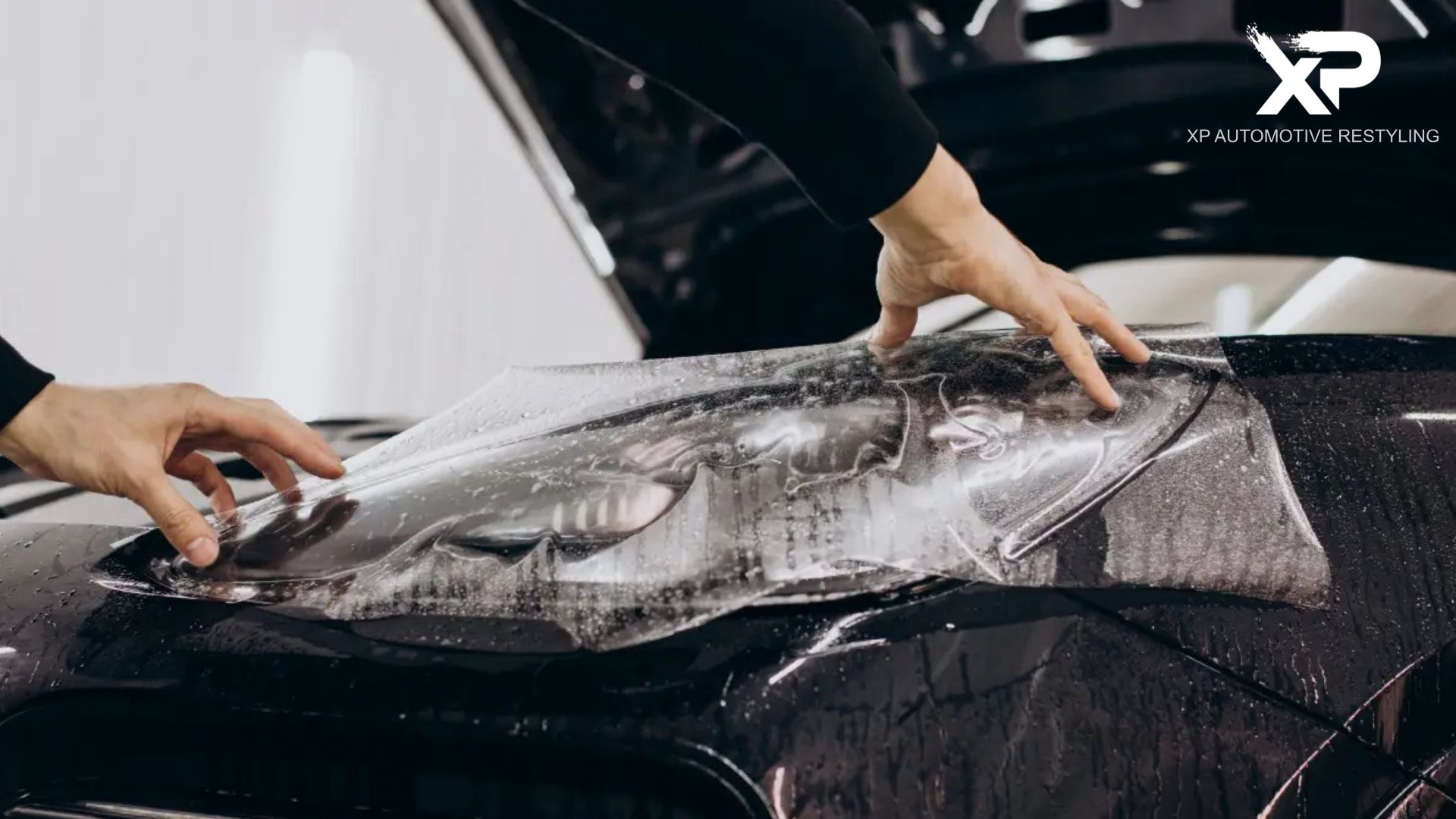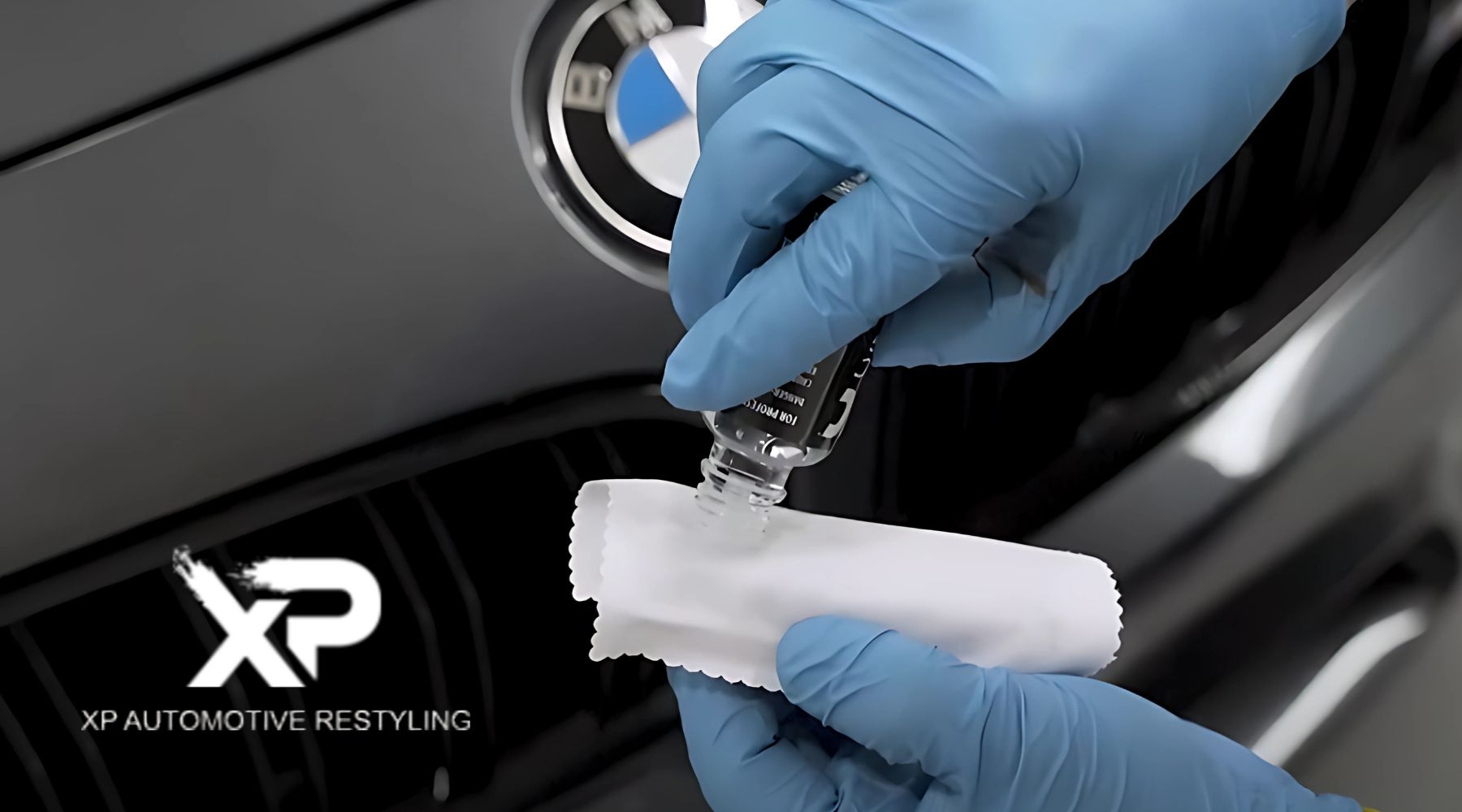For car owners in Southampton, PA who value both style and protection, ceramic coatings have become the go-to solution for long-lasting vehicle shine and defense. But have you ever stopped to wonder what is ceramic coating made of? Understanding the science behind these high-tech coatings can help you make a more informed decision and ensure you’re getting the best possible care for your vehicle.
At XP Automotive Restyling, we believe in transparency and education just as much as delivering expert craftsmanship. So, let’s break down the core components of ceramic coatings and why they’re so effective.
What is Ceramic Coating?
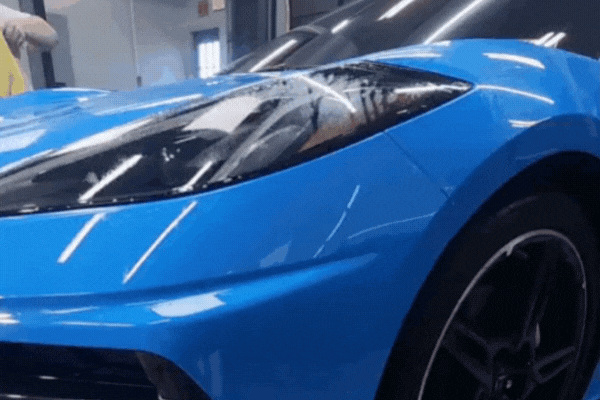
Ceramic coating is a specialized liquid treatment designed to form a durable, semi-permanent shield over your vehicle’s paintwork. Once applied, it chemically bonds with the factory clear coat, creating a resilient barrier that defends against threats like UV exposure, acid rain, bug splatter, and road salt.
What makes ceramic coatings truly effective lies in their formulation — a scientifically engineered combination of high-performance materials that work at the molecular level to deliver long-term protection and enhanced aesthetics.
The Core Components of Ceramic Coating
Let’s explore the key ingredients that power this cutting-edge technology:
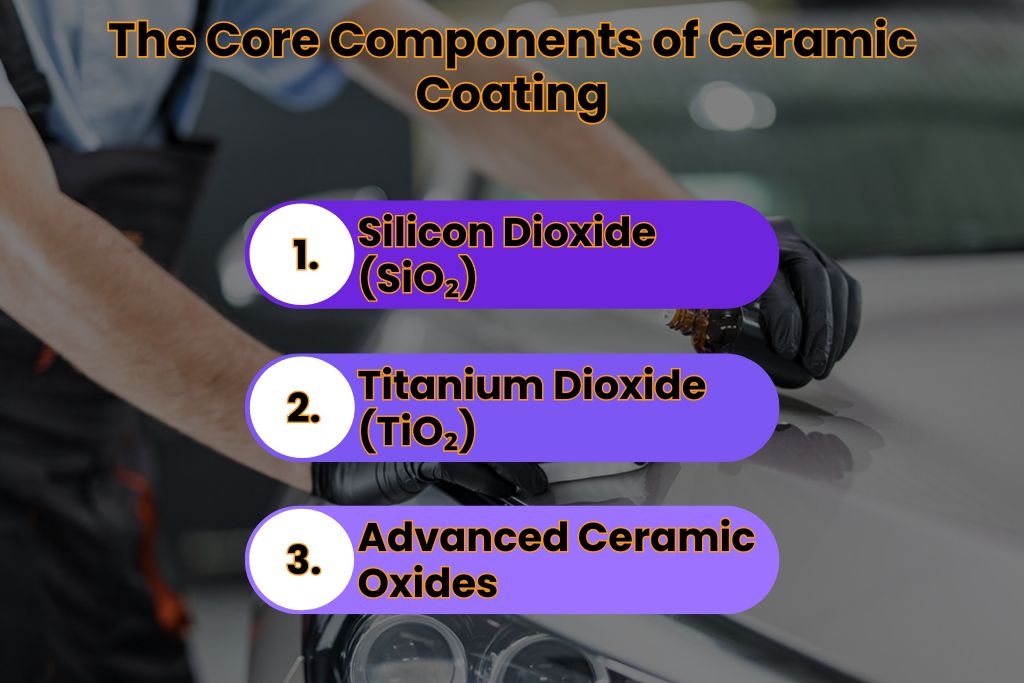
1. Silicon Dioxide (SiO₂)
Also known as silicon dioxide, SiO₂ is the primary component in most ceramic coatings. Sourced from quartz or sand, it creates a silica-based protective layer once cured.
- Function: Forms a hard, glass-like surface for a scratch-resistant finish.
- Hydrophobic Barrier: Produces the iconic water-beading effect.
- Durability: Coatings with 70% or more SiO₂ offer superior longevity.
Why is SiO₂ used in ceramic coatings?
It delivers UV protection, chemical resistance, and a transparent finish that enhances your car’s natural color.
2. Titanium Dioxide (TiO₂)
Often paired with SiO₂, titanium dioxide enhances reflectivity and UV-blocking capabilities.
- Function: Boosts gloss and supports the self-cleaning effect.
- Photocatalytic Properties: Helps break down contaminants.
Why do ceramic coatings include TiO₂ and resin?
Together, they increase durability, repel UV rays, and contribute to a longer-lasting shine — ideal for Southampton’s varying climate.
3. Advanced Ceramic Oxides
(SiC, ZrO₂, Al₂O₃, TiN)
High-end coatings may include silicon carbide (SiC), zirconium dioxide (ZrO₂), alumina (Al₂O₃), or titanium nitride (TiN) for superior strength.
- Function: Enhance chemical resistance, heat tolerance, and surface hardness.
- Application: Common in professional formulas used at XP Automotive Restyling.
Why do high-end coatings feature TiN, ZrO₂, or alumina?
These compounds dramatically increase the coating’s toughness and longevity — far surpassing traditional waxes or over-the-counter options.
Elevate Your Ride with
Premium Protection
No matter which option you choose, XP Automotive Restyling ensures a seamless installation process that meets all local regulations in Southampton, PA.
The Role of Resins and Binders
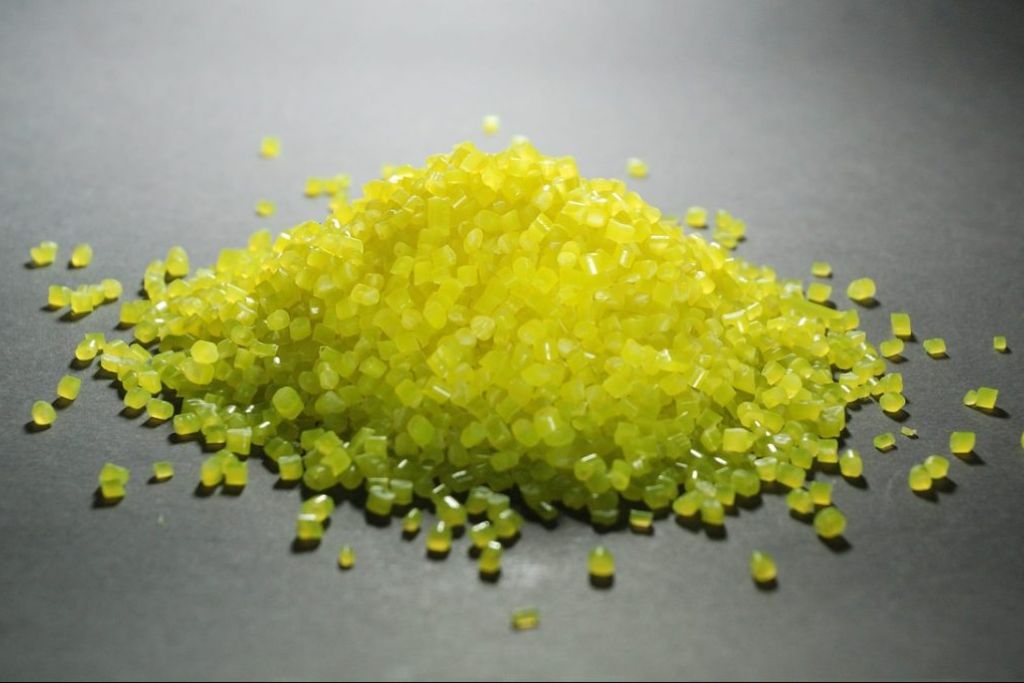
Resins like polysiloxane and PDMS (polydimethylsiloxane) bind ceramic particles to your vehicle’s clear coat.
- Function: Ensure strong adhesion and flexibility.
- Finish Enhancement: Add gloss and depth to your paint.
Why are resins like polysiloxane crucial for adhesion?
Without them, the coating would fail to bond, undermining all the protective benefits.
Solvents and Additives: Unsung Heroes
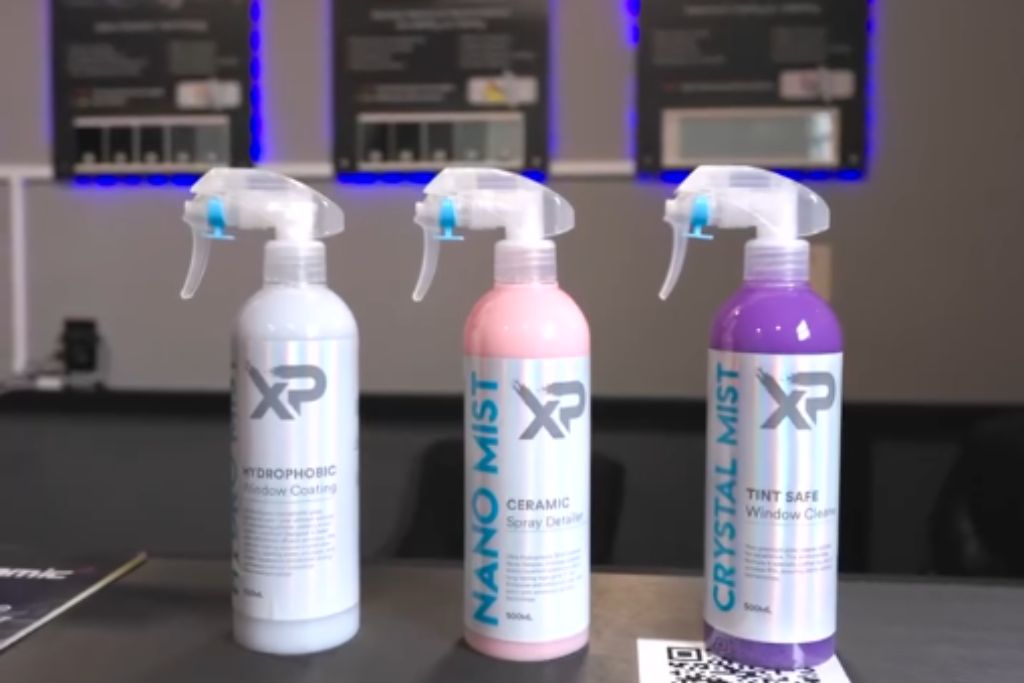
Ceramic coatings include solvents and additives to improve application and performance.
- Solvents: Dissolve solids for smooth application.
- Additives: Control drying time, increase hydrophobicity, and enhance durability.
Why do solvents and additives help ceramic coating durability?
They balance the formula, making the coating more stable and reliable over time.
Key Protective Features

Hydrophobic Properties
Water simply rolls off — a signature feature of quality ceramic coatings.
- Ease of Maintenance: Less dirt sticks to the surface.
- Water Spot Resistance: Reduces etching and staining.
Why are hydrophobic properties key in ceramic coatings?
They protect against waterborne contaminants and make your vehicle easier to clean.
UV and Chemical Resistance
Thanks to ingredients like SiO₂ and TiO₂, your paint is shielded from:
- UV Rays: Prevents fading and oxidation.
- Chemicals: Repels acids, salts, and pollutants.
Why does UV resistance matter for car coatings?
It extends the life of both your vehicle’s paint and the coating itself — especially during harsh Pennsylvania winters.
Why Ceramic Coatings Outperform Waxes and Sealants
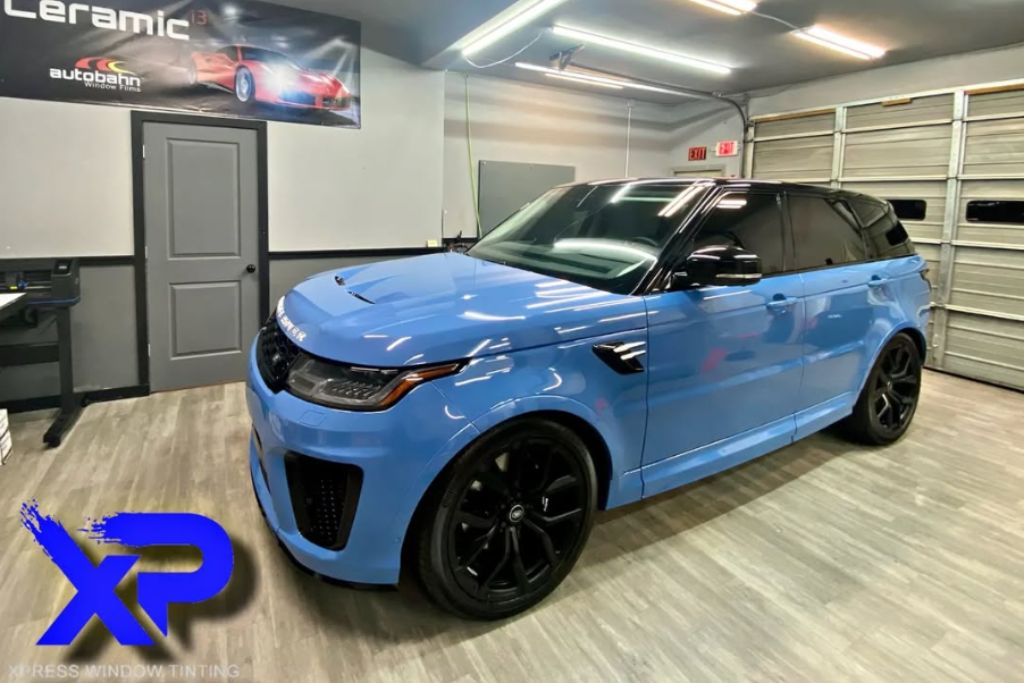
Unlike waxes or sealants, ceramic coatings chemically bond with your car’s surface.
- Long-Lasting: Can endure for years with proper maintenance.
- True Protection: Resists environmental damage at a molecular level.
- Fewer Reapplications Needed: Saves time and money over the long run.
Why do ceramic coatings last longer than waxes or sealants?
Because they don’t just sit on top — they integrate with your paint, delivering superior resilience.
Application Process at XP Automotive Restyling
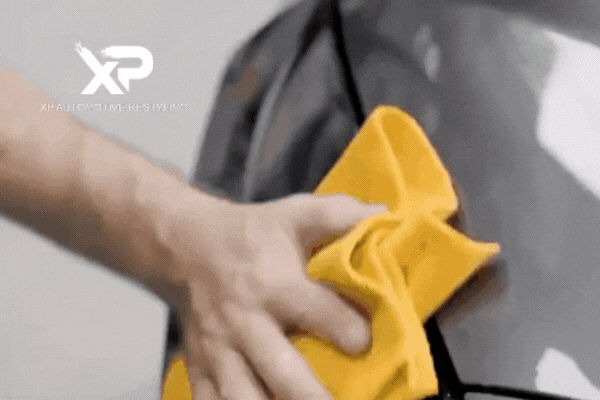
At XP Automotive Restyling, we use professional-grade formulas and precision techniques to deliver flawless results. Every application includes:
- High SiO₂ content for optimal performance
- Thorough surface prep for maximum adhesion
- Expert curing for longevity
- Lifetime warranty for peace of mind
Want to learn more about how it works? Check out this local guide to ceramic coating application.
Related Resources and Internal Links
Looking to dive deeper into ceramic protection? Check out our related articles:
Conclusion
Now that you know what is ceramic coating made of, it’s easy to see why it’s such a powerful investment in your vehicle’s appearance and longevity. With a smart blend of SiO₂, TiO₂, resins, and nanotechnology, ceramic coatings provide unmatched durability, shine, and protection.
Ready to give your car the protection it deserves? Contact XP Automotive Restyling for a free quote and experience why we’re Southampton’s trusted name in automotive ceramic protection.
